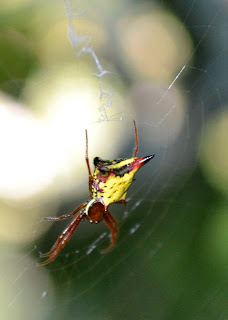Can't compare to Bitstop's amazing ship photos, but I'll keep trying!
That drifted past while we were eating a late lunch. The damn thing is as big as my house. Possibly even a bit bigger than my house...
Much, much bigger than my house but I like it much better than those other ones.
Not unhappy with the shots, but I must plan ahead next time. (Although I am getting smarter: I knew I'd be running around town so I actually threw the DSLR in the truck.)
The mid-afternoon sun was rather lovely if still a bit overly-bright (it is, after all, still August in spite of the hints of autumn in the air and quality of light).
Neither was there an obvious (or easy--town was still thick with tourists) way to get on the other side of the harbor to put the sun at my back. :o( And the docks were full--four ships deep in some places. Missed the catch off-load, too.
When all else fails, take advantage of the backlighting!
No idea beyond a guess that it has something to do with nets, but it looked interesting.


















































